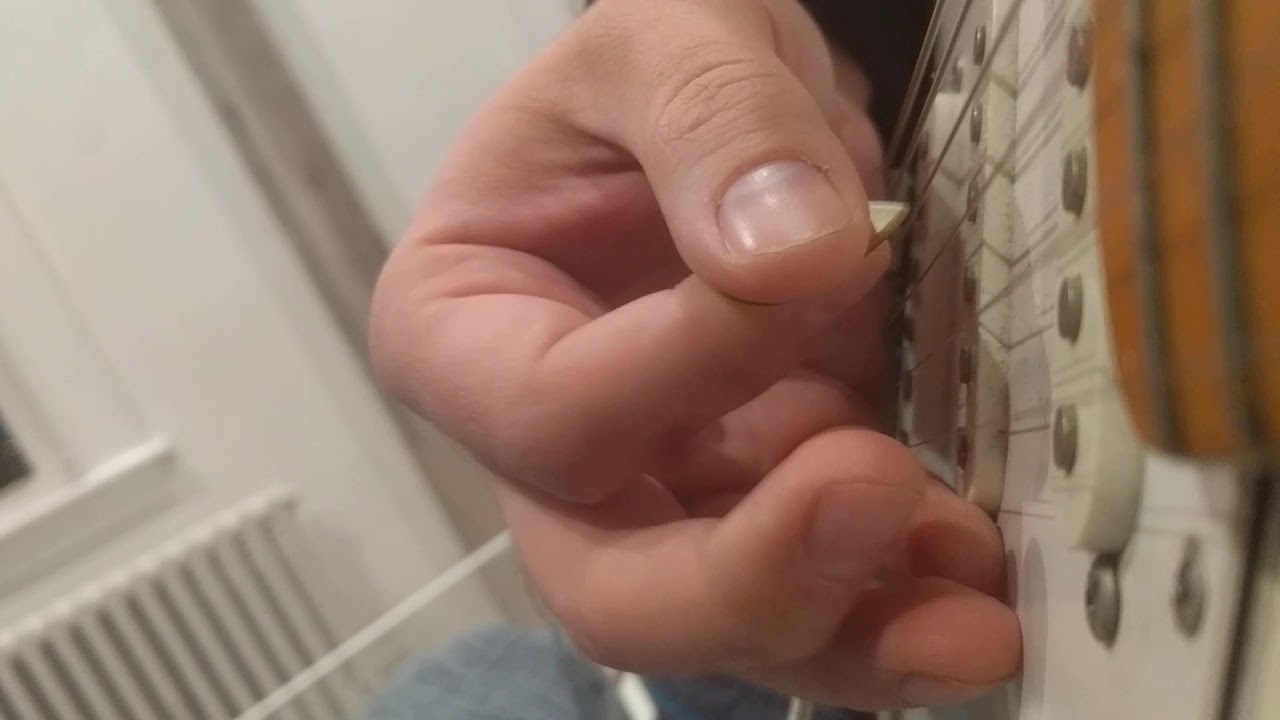I’d like to try to figure out crosspicking, but I’ve never really been able to get started. Here’s a video of me attempting to do it:
Sorry I don’t have a slow video of this, but the 50% speed setting on youtube actually gives you a fairly good look at what the motion is, I think.
When trying to have the double escaped motion, I quickly get fatigued and max out at like 16th notes at 90bpm. The only times in the video when I surpass that speed limit is when I switch to DWPS, single-escaped motion - it just seems to be the natural result of trying to push myself to play faster that I end up doing a linear non-escaped or single escaped motion, instead of a U-like double escaped motion.
Since I feel such fatigue and strain when trying to get a double escape, I wonder if perhaps I’m really doing string hopping instead of crosspicking. Troy says on some other forum posts that the correct crosspicking form really feels like almost nothing, and is easily sustainable. When I try to smooth out the motion and focus on trying to have wrist deviation for the attack and wrist extension + deviation for the escape, I still get fatigued, but I just swipe more adjacent strings instead, due to the more gradual angle of the escape.
I’m trying to follow the advice of pushing myself to go faster to break boundaries, but I’m not getting anywhere, instead just running up against brick walls and getting fatigued fast. I’m not sure what to try.
How can I get any more speed? Am I doing string hopping or crosspicking? If I am string hopping, I’m very uncertain how I can learn to the use correct motion, but if I’m actually doing a crosspicking motion, then I’m just plain unsure how to get any faster.
Thanks!




